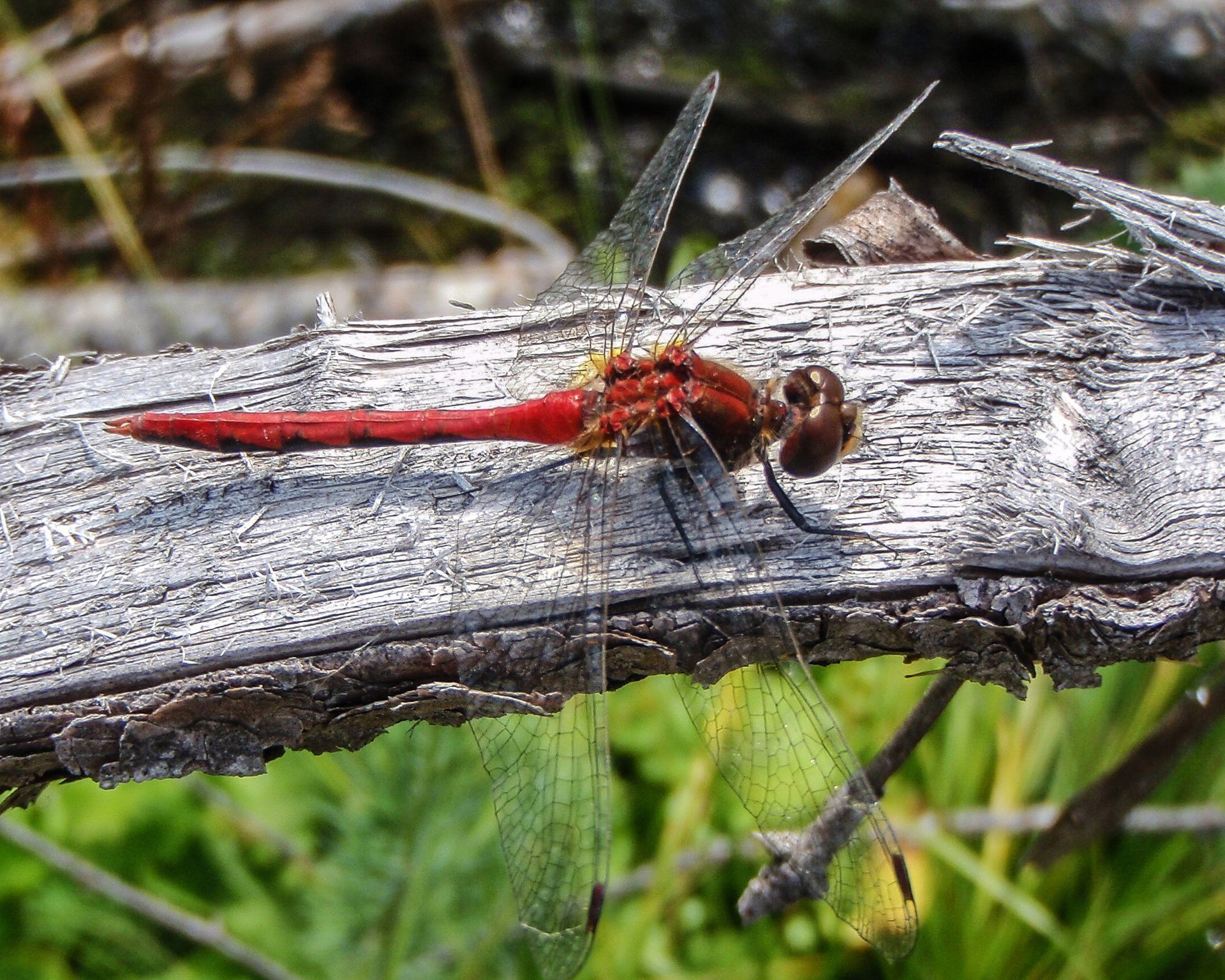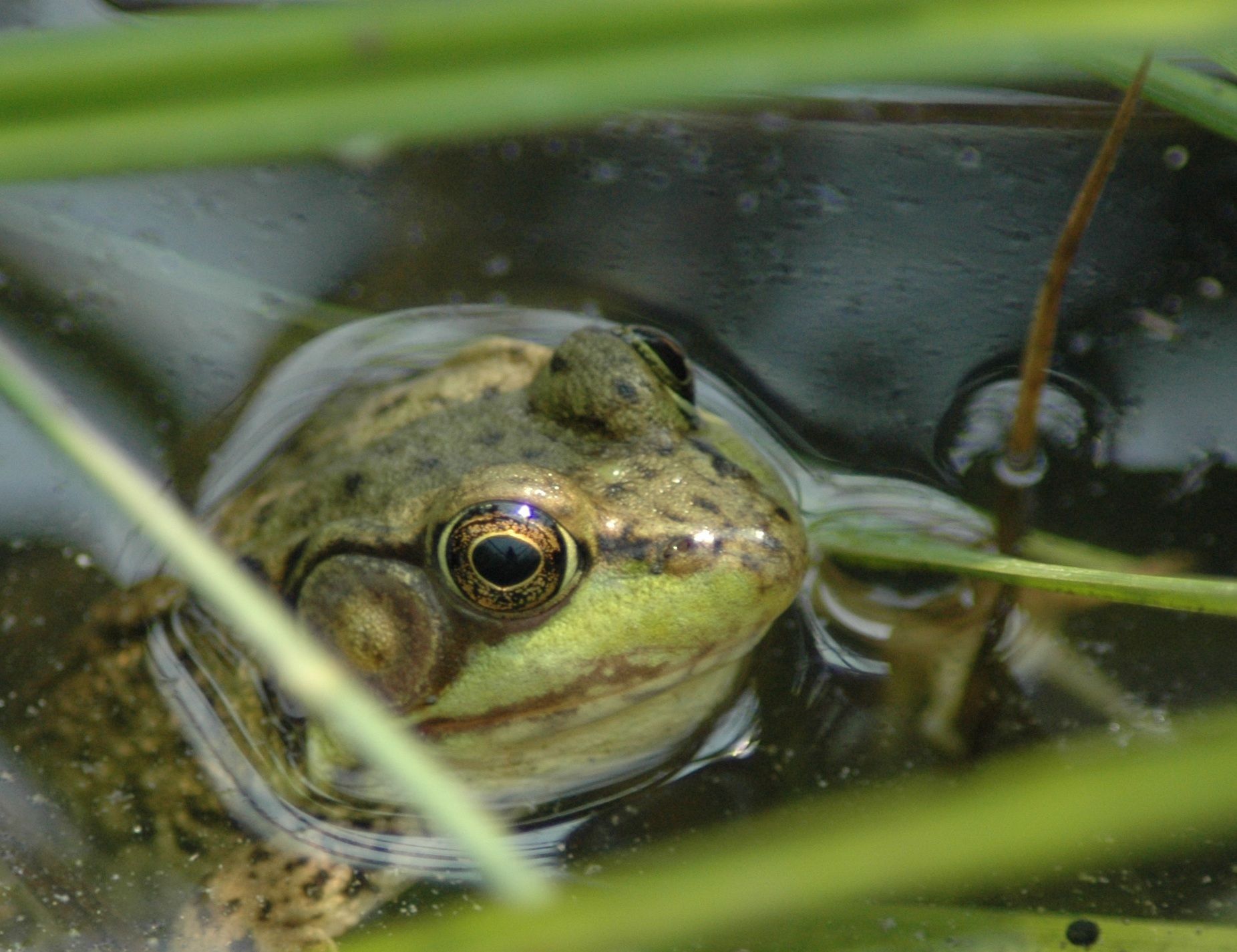Wildlife Research Project
Beavers & Wetlands: Worth a Dam
Across Algoma resides an organism whose aptitude for engineering surpasses expectation—the beaver. With its streamlined physique, tough orange teeth, and versatile tail that functions as an efficient tool, the beaver emerges as an exemplar of hydrological manipulation and ecosystem modification.
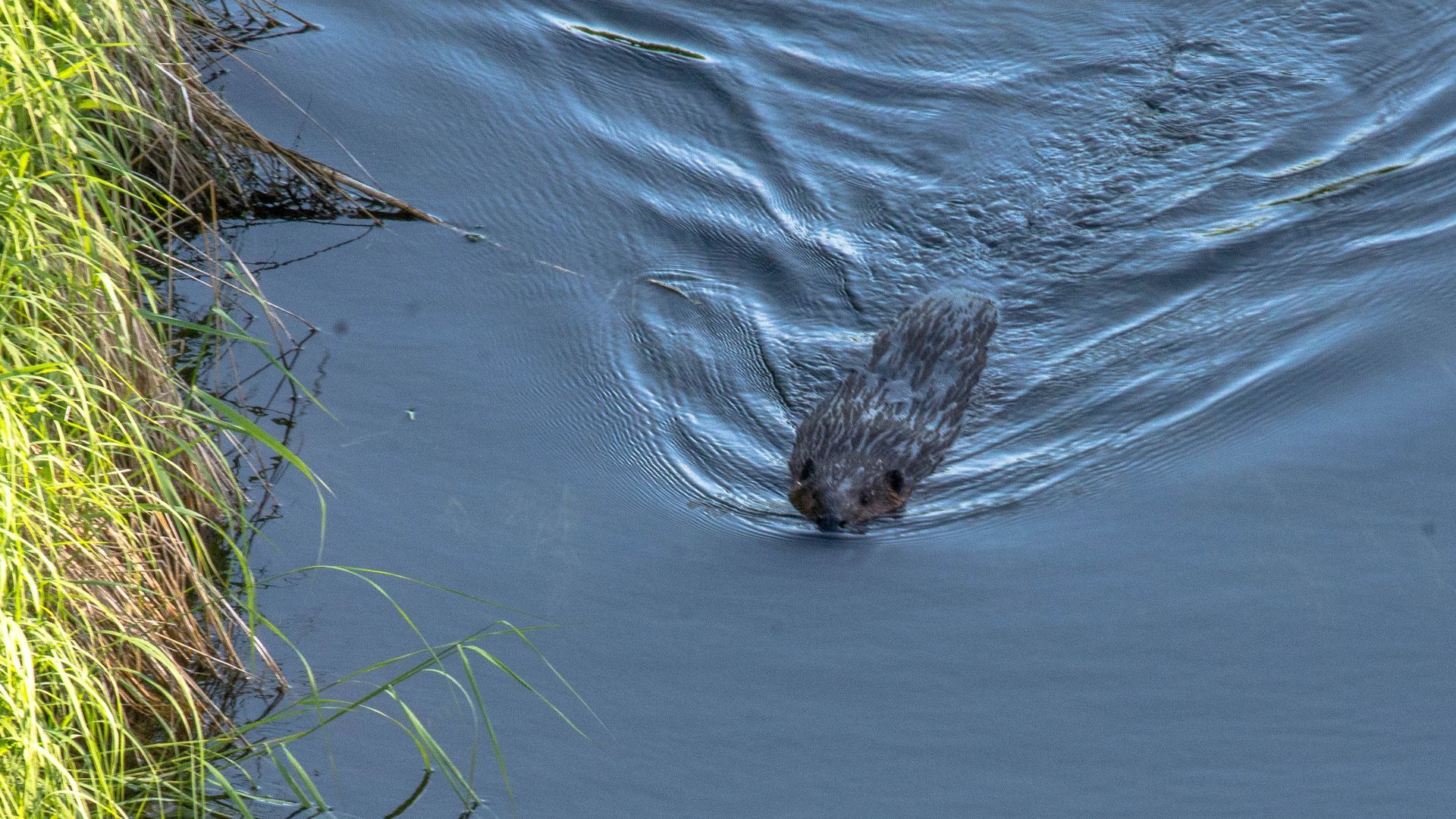
Small but mighty, the transformative impact of the beaver manifests itself profoundly. Photo courtesy of Dean Thompson.
Beavers exhibit remarkable proficiency in the construction of dams, complex structures that redefine the flow dynamics of watercourses. By selecting suitable woody materials, they interweave branches and logs, employing a level of craftsmanship reminiscent of human engineering. Complemented by the application of mud, rocks, and vegetation, these dams establish stable foundations, reshaping aquatic landscapes to suit their requirements
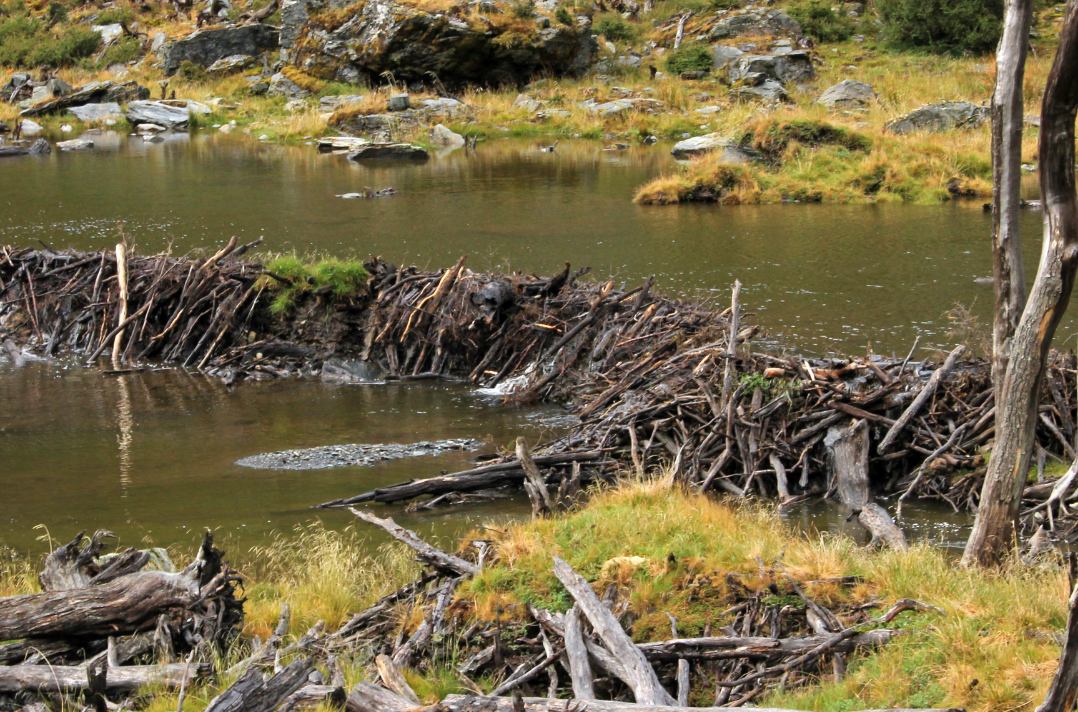
Beaver dams often restructure the surrounding landscape. Photo courtesy of Getty.
The location of a beaver dam is selected based on a couple of factors, including how large and level an area is, in addition to its proximity to woody sources of food. Beavers have a natural affinity for locations where stream flow is narrow and/or constricted, such as naturally noisy runoffs or human-made culverts. Culverts, especially those of the metal variety, tend to amplify the sound of running water, drawing in curious beavers and triggering their instinctive behaviour to dam. In instances like this, beavers can become a nuisance to humans and subsequent infrastructure.
Conflict aside, beaver dams serve a multitude of purposes, most notably the creation of wetland ecosystems that furnish safety, shelter, and sustenance. Teeming with life and harbouring a rich array of plants, reptiles, birds, and mammals, wetlands offer abundant food resources and serve as vital breeding and nesting grounds for numerous terrestrial species. They provide refuge for migratory birds during their long journeys, acting as crucial stopover points where these avian travellers can rest and replenish their energy supplies.
Mute Swan in a beaver pond. Photo courtesy of Michaella McIntosh
The creation of ponds behind dams fosters the development of diverse aquatic habitats. Aquatic plants thrive in these nutrient-rich environments, their dense growth providing food and shelter for numerous organisms. The flourishing plant life attracts an array of invertebrates, forming the foundation of the wetland food web. Fish and frog species benefit from the enhanced habitat complexity, finding ample feeding grounds and protected areas for spawning.
Beaver ponds support a diverse array of organisms, including amphibians and insects. Photos courtesy of Dean Thompson.
Beaver dams also act as natural water filters, slowing down the flow of water and allowing sediment particles to settle. This process reduces turbidity and effectively traps pollutants, resulting in improved water quality within the wetland and downstream environments. Additionally, the intricate network of channels and pools created by beaver activity actually increases water retention and infiltration, replenishing groundwater reserves and maintaining stable water levels.
In addition to their impact on local biodiversity, beavers play a significant role in carbon sequestration and climate regulation. The flooding associated with beaver dams creates anoxic conditions in the soil, slowing down the decomposition process and leading to the accumulation of organic matter. These wetland soils act as carbon sinks, storing substantial amounts of carbon dioxide and contributing to the mitigation of climate change.
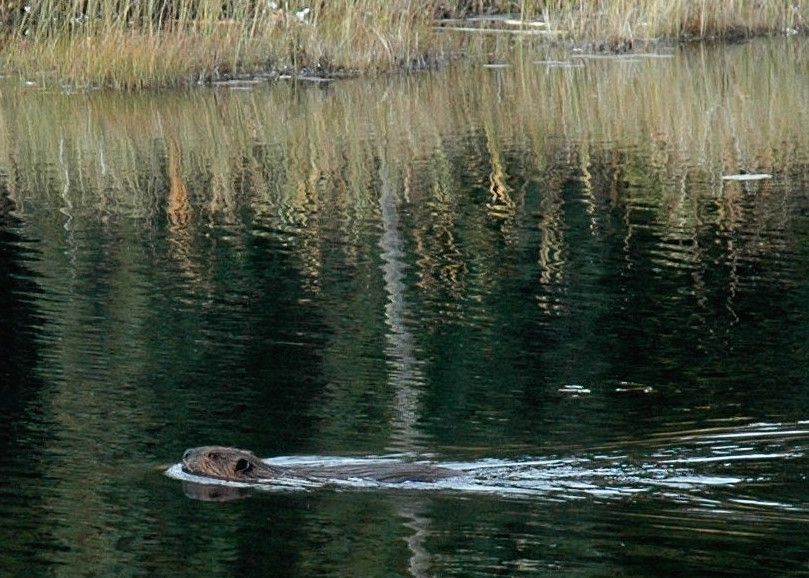
Beavers act as keystone species within ecosystems, supporting entire biological communities. Photo courtesy of Dean Thompson.
Remarkably, the beaver's ecological contributions endure even beyond their own lifespan. By feeding on tree bark, they inadvertently facilitate the dispersal of seeds. The remnants of their foraging behaviours become the catalysts for subsequent forest regrowth. The beaver's activities thus foster a cyclical process of regeneration and transformation, intertwining their future with the resilience and perpetuation of the forested landscape.
The beaver stands as a testament to the innate ingenuity and adaptability intrinsic to the natural world. Through their unparalleled engineering feats, they reshape hydrological systems and mold ecosystems, leaving an enduring imprint on the landscape. As we marvel at their achievements, we are humbled by the intricate web of interactions that define ecological relationships, where the beaver, Canada’s national animal, assumes the role of a transformative agent in the ever-evolving continuum of nature's design.
This piece was developed as part of our Wildlife Research Project.
Our project is made possible thanks to a passionate group of volunteers and strong collaborative partners.
You can learn more about our partners here.




